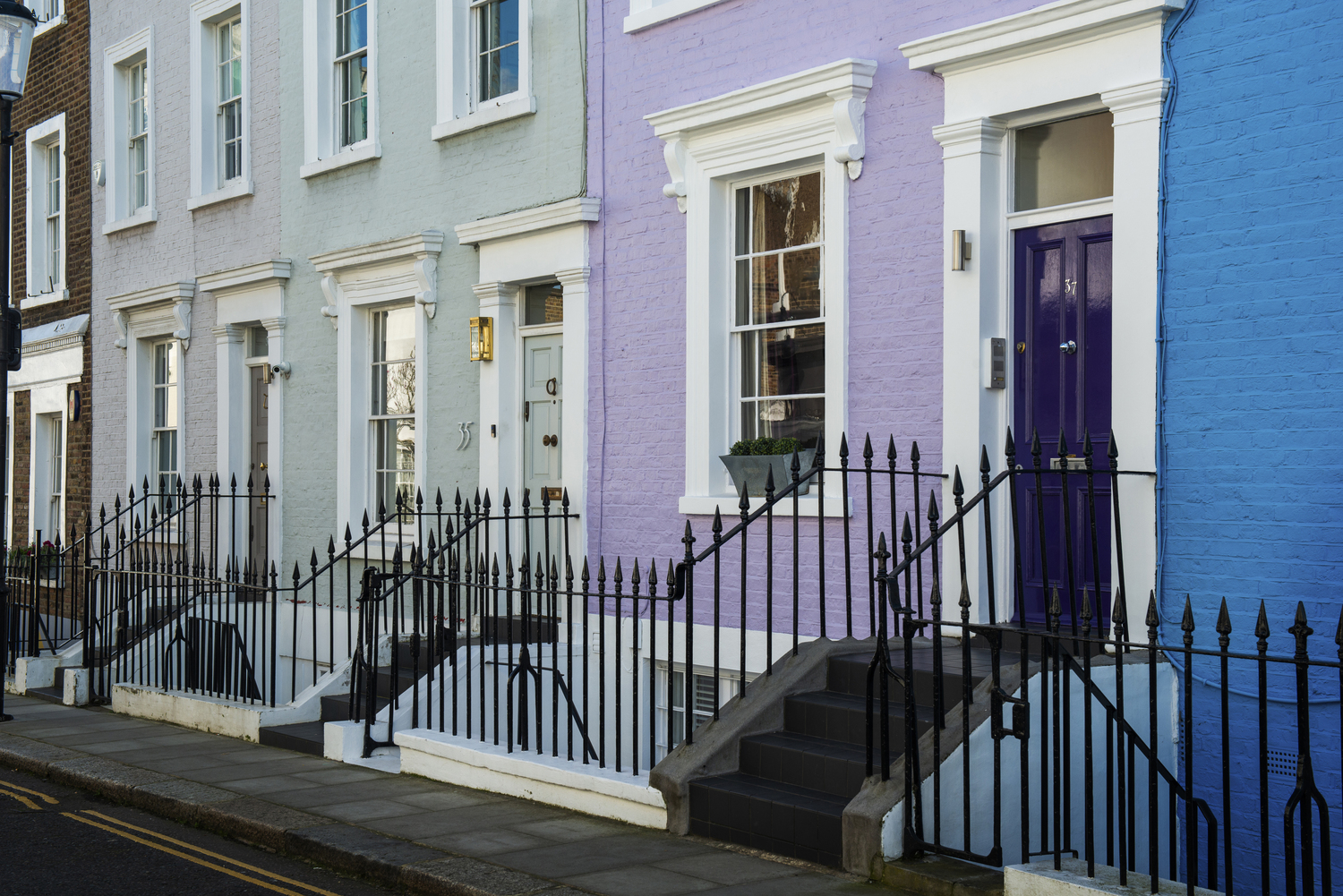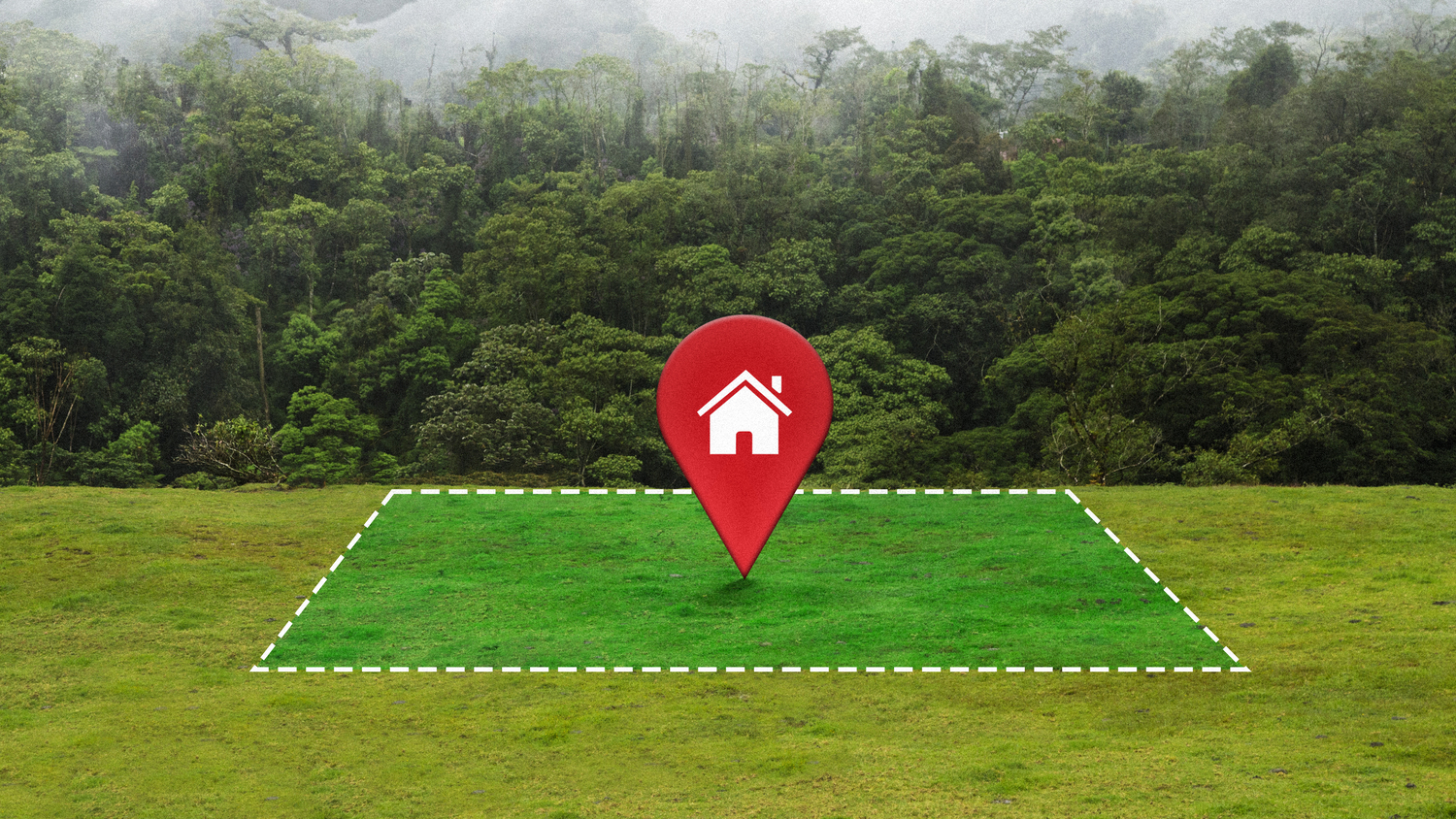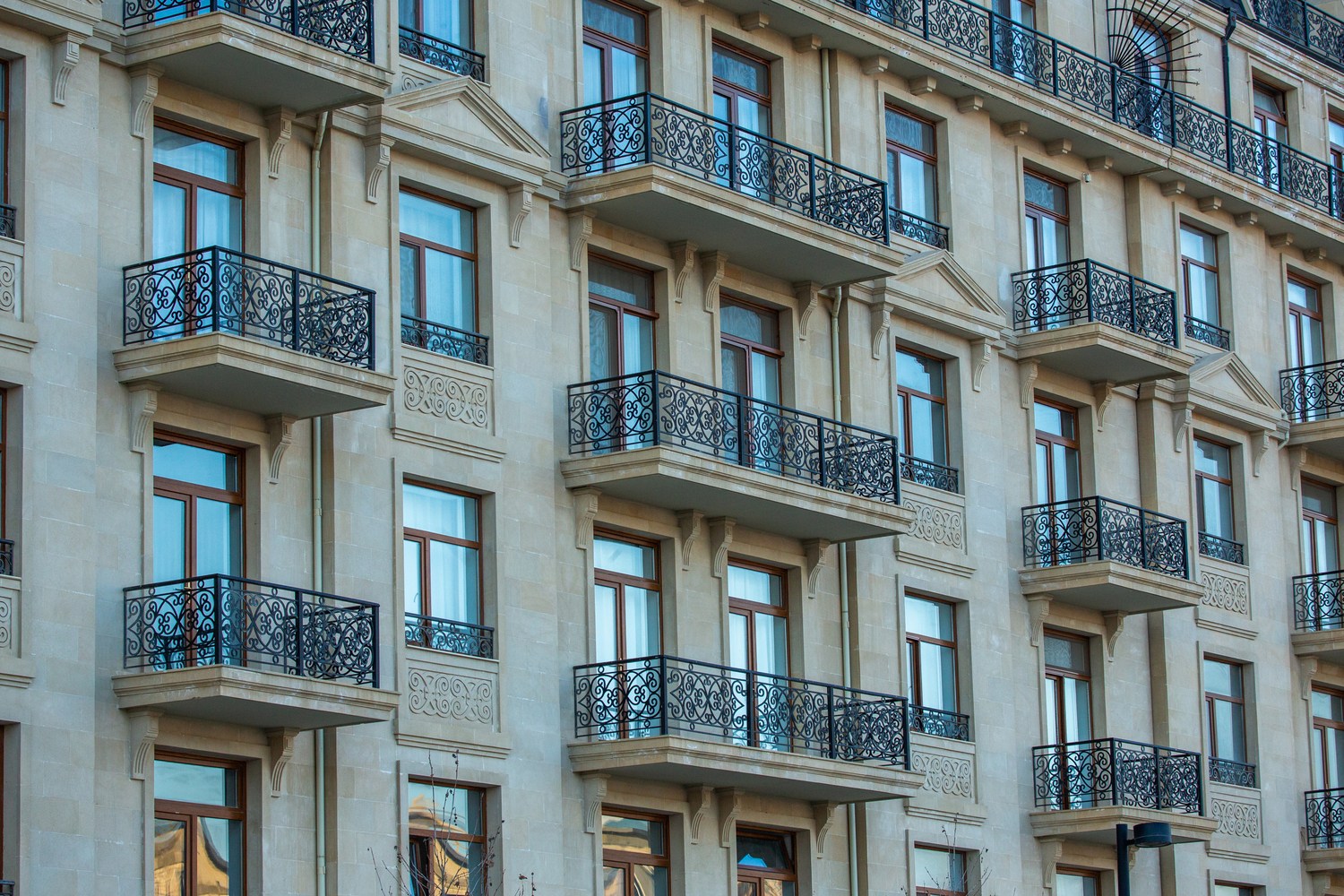
Tips for Building a Comfortable and Profitable Shophouse
Tips for Building a Comfortable and Profitable Shophouse
Shophouses have become a popular choice in the property market, especially in urban areas. Their dual function as both a business and a residence make them attractive to investors and business owners alike. However, building a shophouse isn't something to be taken lightly. Careful planning is essential to ensure a functional, comfortable, and high-value investment.
1. Choose a Strategic Location
Location is the most important factor in building a shophouse. Ensure the shophouse is located in a high-traffic area, close to community centers, and easily accessible by vehicle. A strategic location will increase business opportunities and increase the shophouse's selling or rental value.
2. Plan a Functional Design
The design of a shophouse must accommodate its dual functions: business and residential. Some things to consider: The ground floor is for the business area, with a large open space. The upper floor is for living or storage. Good lighting and air circulation ensure a comfortable environment for both working and living.
3. Pay Attention to Legality and Permits
Before building, ensure the land has a building permit (IMB/PBG) for commercial use. Additionally, check the area's zoning regulations to ensure you don't violate spatial planning regulations. Clear legality will facilitate the sale or lease of your shophouse.
4. Use Quality Materials
Shophouses are typically used for long-term periods with high activity levels. Therefore, use building materials that are strong, durable, and easy to maintain. For example, scratch-resistant ceramic flooring, aluminum doors and windows, and weather-resistant exterior paint.
5. Prepare a Parking Area
Parking is often a major problem for shophouses. Provide sufficient parking space for both customers and residents. If space is limited, consider a vertical or semi-basement parking design.
6. Consider Accessibility and Security
A good shophouse should be easily accessible by pedestrians and vehicles. Furthermore, ensure it has a security system such as CCTV, rolling doors, and adequate outdoor lighting.
7. Design with a Flexible Concept
Business trends are always changing. Therefore, shophouse designs should be flexible so they can be easily adapted to various types of businesses, from shops and cafes to offices and clinics. This will increase the shophouse's appeal to future tenants and buyers.
8. Calculate Costs and Investment Potential
Building a shophouse is a long-term investment. Make detailed calculations of construction costs, potential rental profits, and projected land value increases. This will ensure your shophouse development is more focused and minimizes risk.
So, after considering all the factors above, building a shophouse requires a well-thought-out strategy, from site selection and design to legal aspects. When designed well, a shophouse becomes more than just a place of business, but also a property asset that can yield significant future profits.

Date: August 24, 2025
Owning a plot of land is often the first step toward realizing the dream of owning a home or investment property. However, not all plots are suitable for long-term use. Selecting the right land requires careful consideration to ensure a high investment value and a comfortable living environment. Her ...

Date: August 25, 2025
The apartment business is currently a promising property investment opportunity. With the increasing demand for housing in urban areas, apartments offer a practical solution for those seeking strategically located residences with comprehensive amenities. However, establishing an apartment business c ...

Date: August 23, 2025
Building a school isn't just about the building design, but also about selecting the right location and land. The land chosen will significantly impact the school's comfort, safety, and future development. Here are some important tips for selecting land for school construction: 1. Strategic Locat ...

Date: August 03, 2025
Owning their own home is often a big dream for young couples. A home is more than just a place to live; it also symbolizes the beginning of a shared journey toward building a family. However, choosing the ideal home is not easy. Several aspects must be considered to ensure a comfortable, functional, ...

Date: August 22, 2025
Bali is not only a world-class tourist destination, but also one of the most promising property investment locations in Indonesia. Many investors, both local and international, choose the Island of the Gods as a location for investment due to its bright long-term prospects. Here are some reasons why ...
Ala Land Bali — a magical place for the real you
BECOME PART OF THE HISTORY Share your contact details, and our manager will reach out
with full project details

